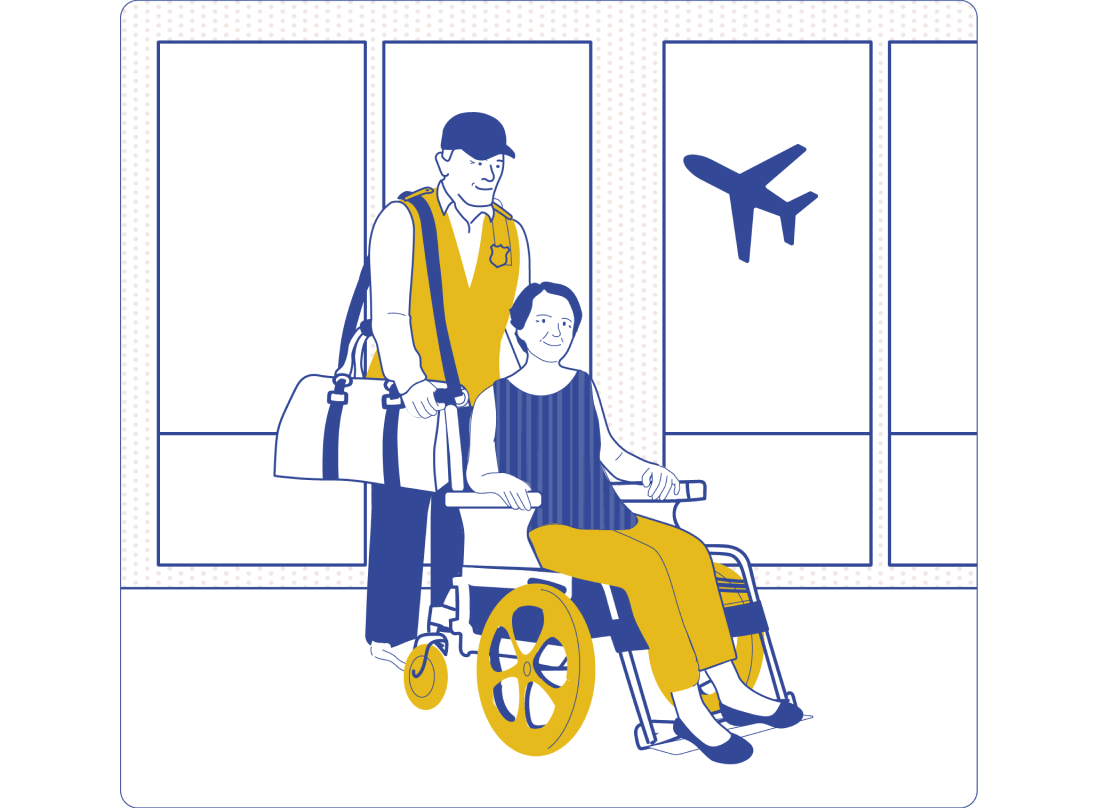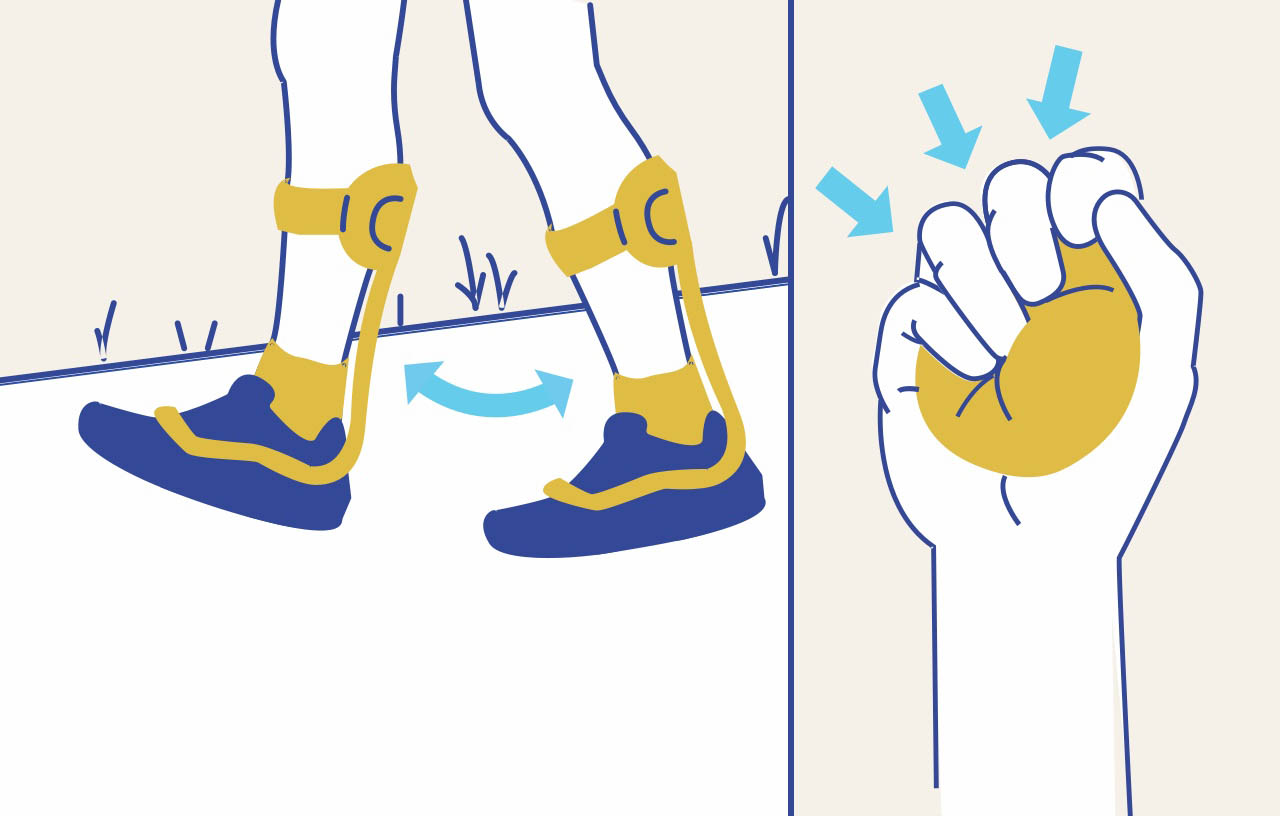CIDP (chronic inflammatory demyelinating polyneuropathy) can affect your ability to travel. But several experienced travelers within the CIDP community shared their travel tips, learnings, and stories that may help you visit that destination you’ve been thinking about.
Navigating treatment and travel
When traveling with CIDP, one element to consider is how your trip fits into your treatment schedule. Some treatments are administered weekly, while others are administered approximately every 3 to 4 weeks. Some people with CIDP rely on treatment that must be administered at a healthcare facility near their home, while other treatments can be taken at home and may even be brought with them while traveling.
Diana currently gets treatments regularly and is prone to experiencing discomfort afterward. So, she makes sure not to schedule a trip directly following her treatment. Separately, if Jack has upcoming travel plans, he works proactively with his healthcare team to adjust his treatment around his trip. If you're interested in traveling, consider how different treatment options could impact your travel goals and strategies.
Mobility tips for traveling with CIDP
Plan ahead
When it comes to getting around in unfamiliar places, planning ahead is critical. If you’re flying, that may start with calling the airline ahead of time to tell them you’ll need wheelchair assistance—or you can request this service when you purchase your ticket. Jack, who uses a walker when he travels, always buys an aisle seat so it’s easier to access. He also gets to the airport extra early because it gives him additional time to get to the gate, just in case wheelchair assistance isn’t readily available.
Packing recommendations
Medication comes first
It may seem simple, but if you’re taking medication to help with your CIDP symptoms, always remember to bring it. Dana recalled being on an Alaskan cruise when she realized she had forgotten to pack her pain medication. Thankfully, she had left the same medication in her bag from a previous trip, and it worked out, but it was a huge lesson learned to put medication at the top of her packing list. Since then, she makes sure to bring at least an extra week’s worth of medication. So does Jack—and he packs it in one of his carry-ons, not in a checked suitcase. “You never know if the airline is going to lose your other bag or if it’s not going to make it by the time you arrive,” Jack noted. “So, you have to be prepared.”
Coordinate with your doctor’s office, your pharmacy, and possibly your health insurance, in order to be sure you have more than enough medication before going on a trip. Since Dana takes multiple medications, and her trips are often long, she always carries a list of her medications from her pharmacy printed out on their letterhead. This way, she avoids any misunderstandings while going through security.
Pack smart
Jack often travels alone to visit his adult children. To avoid the challenge of dealing with heavy luggage, Jack usually brings just a backpack and another carry-on. This way, he can avoid having to go to the baggage claim after the flight. Diana said that wearing comfortable footwear is key, and she also tries to pack as efficiently as possible to avoid carrying multiple bags. She has started using packing cubes, which help reduce wasted space and keep her organized. Sometimes, however, packing more is necessary. Dana finds it helpful to wear multiple layers that she can easily put on or take off.
Managing fatigue while traveling
Listen to your body
One of the most repeated travel recommendations shared by people living with CIDP is to listen to your body and respect it. “Don’t bite off more than you can chew,” Dana said. “If you don’t think you can travel for more than a week, don’t book a 2-week vacation.” Or, if you’re planning a longer trip, she said to make sure you schedule slow-paced days throughout, like a day lying by a pool.














